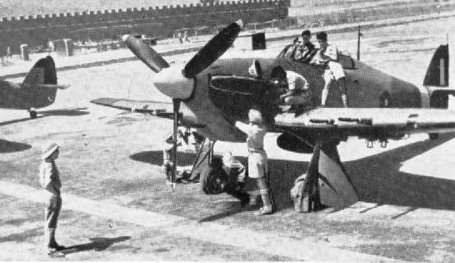In an ATL world where European Empires were better defended with 'Colonial Fighters' - which one does best against Japanese Army Aircraft?
Fokker D.XX1 designed with the RNIA use in mind. Powered initially by a 645 h.p. Mercury engine, and later by the 830h.p. version. I suspect it will need more power to be viable.
Koolhoven F.K.58 although 'Dutch' was ordered for French colonial use in Indo-China. By the same designer as the Fokker aircraft, 1,080 h.p. engine so faster, but poorer armament.
Gloster F.5/34 specified originally as Colonial Fighter, so could be out east. Comments could be made relative to a choice of engines - 840 h.p. or 905 h.p. Mercury, Alvis Pelides Major, or P & W 1830.
Gloster Gladiator - final thought, if Indian Air Force expanded earlier and was given the Glad's to start with, would they suffer, or could they cope?
Tempted to do it as a 'Poll' but think I'll keep it open.
Fokker D.XX1 designed with the RNIA use in mind. Powered initially by a 645 h.p. Mercury engine, and later by the 830h.p. version. I suspect it will need more power to be viable.
Koolhoven F.K.58 although 'Dutch' was ordered for French colonial use in Indo-China. By the same designer as the Fokker aircraft, 1,080 h.p. engine so faster, but poorer armament.
Gloster F.5/34 specified originally as Colonial Fighter, so could be out east. Comments could be made relative to a choice of engines - 840 h.p. or 905 h.p. Mercury, Alvis Pelides Major, or P & W 1830.
Gloster Gladiator - final thought, if Indian Air Force expanded earlier and was given the Glad's to start with, would they suffer, or could they cope?
Tempted to do it as a 'Poll' but think I'll keep it open.
